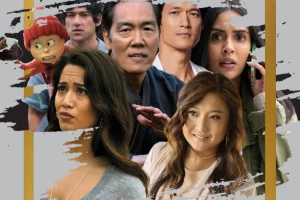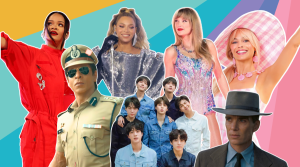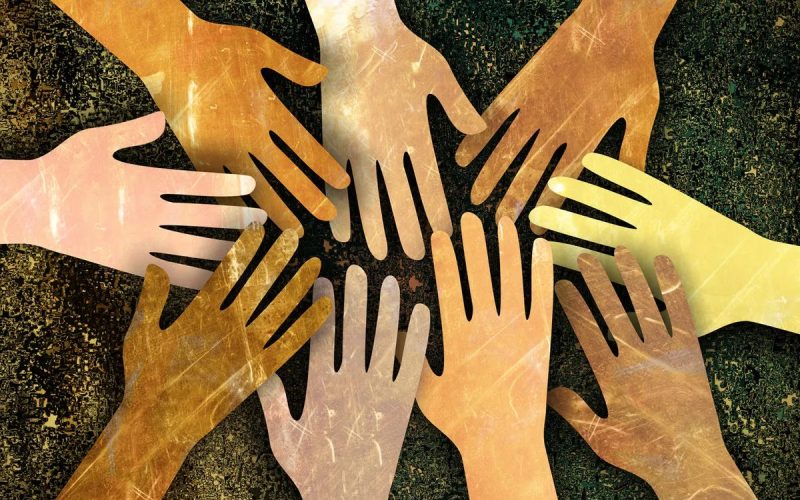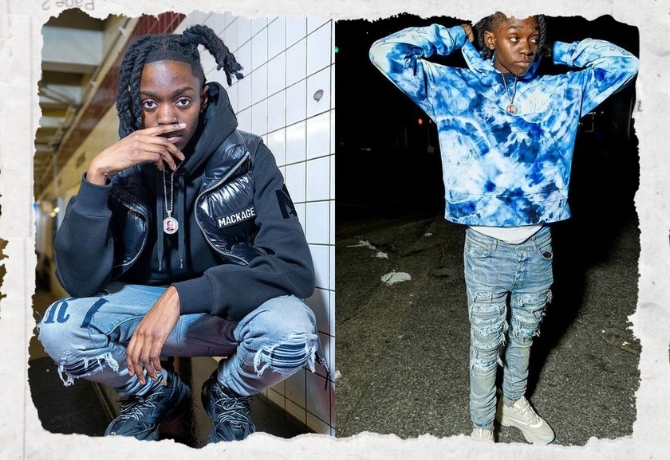Introduction
Cultural representation in entertainment media is more than just a trend; it is a fundamental aspect of how societies perceive themselves and others. The portrayal of diverse cultures in movies, television shows, music, and other forms of media can influence public perception, foster understanding, and promote inclusivity. This article delves into the significance of cultural representation in entertainment media, examining its impact on audiences, the challenges it faces, and the strides being made toward more inclusive and accurate portrayals.
The Importance of Cultural Representation

-
Reflecting Society
Entertainment media serves as a mirror to society, reflecting its values, norms, and diversity. When media accurately represents different cultures, it validates the experiences of those communities and acknowledges their place in the broader societal narrative. This reflection can foster a sense of belonging and self-worth among underrepresented groups.
-
Shaping Perceptions
Media has the power to shape perceptions and attitudes. Positive cultural representation can challenge stereotypes and prejudices, promoting a more nuanced understanding of different cultures. Conversely, negative or stereotypical portrayals can reinforce harmful biases and contribute to discrimination.
-
Promoting Inclusivity
Inclusive representation in media can bridge cultural gaps and promote empathy. When audiences see characters and stories that resonate with their own experiences, it fosters a sense of connection and understanding. This inclusivity can lead to a more cohesive and harmonious society.
Historical Context

-
Early Representations
Historically, cultural representation in entertainment media has been limited and often problematic. Early portrayals of different cultures were frequently based on stereotypes and exoticism, reflecting the biases and prejudices of the time. These representations often marginalized and misrepresented minority communities.
-
Progress and Challenges
Over the years, there has been significant progress in the representation of diverse cultures in media. Movements such as the civil rights movement, feminist movement, and LGBTQ+ rights movement have pushed for more accurate and inclusive portrayals. However, challenges remain, including tokenism, cultural appropriation, and the under representation of certain groups.
The Impact of Cultural Representation

-
On Audiences
Cultural representation can have a profound impact on audiences, particularly on young viewers. Seeing characters who look like them and share their cultural background can boost self-esteem and provide positive role models. It can also educate audiences about different cultures, fostering a more inclusive worldview.
-
On Creators
For creators, cultural representation offers an opportunity to tell authentic stories and reach a broader audience. It encourages diverse voices and perspectives, enriching the creative landscape. However, it also comes with the responsibility to portray cultures accurately and respectfully.
-
On Society
At a societal level, cultural representation can promote social cohesion and mutual respect. It can challenge dominant narratives and provide a platform for marginalized voices. By showcasing the richness and diversity of human experiences, media can contribute to a more inclusive and equitable society.
Challenges in Cultural Representation

-
Stereotyping
One of the most persistent challenges in cultural representation is stereotyping. Simplistic and reductive portrayals of cultures can reinforce harmful biases and perpetuate discrimination. It is essential for media creators to move beyond stereotypes and present multifaceted and authentic representations.
-
Tokenism
Tokenism occurs when a character or element is included solely to give the appearance of diversity, without meaningful integration into the story. This can result in superficial and inauthentic portrayals that fail to address the complexities of different cultures.
-
Cultural Appropriation
Cultural appropriation involves the adoption of elements from one culture by members of another culture, often without understanding or respect. In media, this can manifest as the misuse or misrepresentation of cultural symbols, traditions, and practices. It is crucial for creators to approach cultural elements with sensitivity and respect.
Strides Toward Inclusivity

-
Diverse Casting
One of the most visible strides toward inclusivity in media is diverse casting. Increasingly, productions are casting actors from diverse backgrounds to play characters that reflect the real world. This not only provides representation but also brings authenticity to the portrayal of different cultures.
-
Authentic Storytelling
Authentic storytelling involves telling stories that genuinely reflect the experiences of different cultures. This often requires the involvement of creators from those cultures, who can bring their lived experiences and perspectives to the narrative. Authentic storytelling can challenge stereotypes and provide a more nuanced understanding of different cultures.
-
Representation Behind the Scenes
Representation behind the scenes is just as important as on-screen representation. Diverse writers, directors, producers, and other creatives can ensure that cultural representation is accurate and respectful. Their involvement can also provide opportunities for underrepresented voices to be heard and valued.
Conclusion
Cultural representation in entertainment media is a powerful tool for fostering understanding, promoting inclusivity, and challenging stereotypes. While significant progress has been made, there is still work to be done to ensure that all cultures are represented accurately and respectfully. By continuing to strive for authentic and inclusive portrayals, media can contribute to a more equitable and harmonious society.
In the ever-evolving landscape of entertainment, cultural representation remains a crucial element in shaping how we see ourselves and each other. It is an ongoing journey that requires commitment, sensitivity, and a willingness to embrace the rich diversity of human experiences. By doing so, we can create a media landscape that truly reflects the world we live in and the people who inhabit it.










